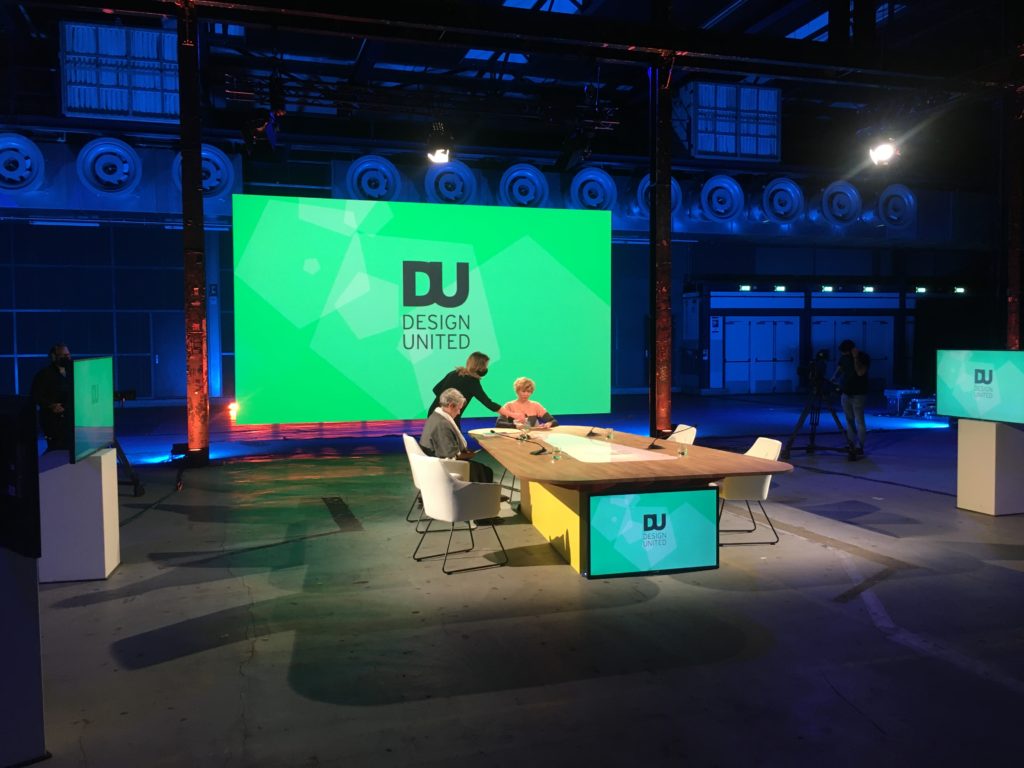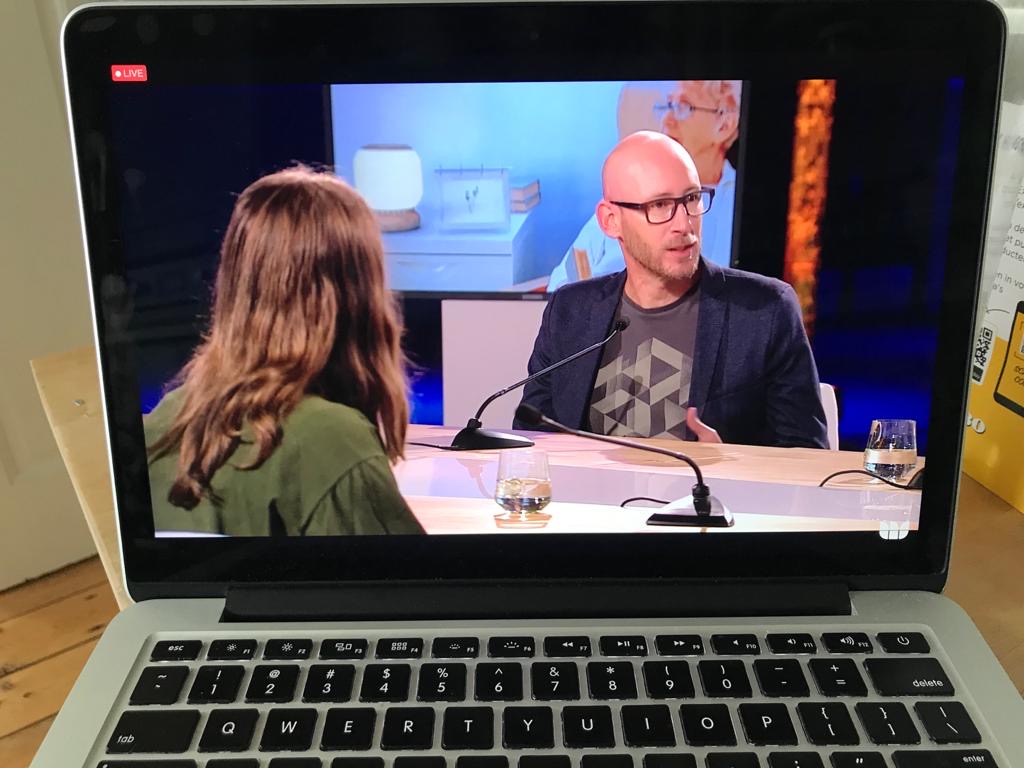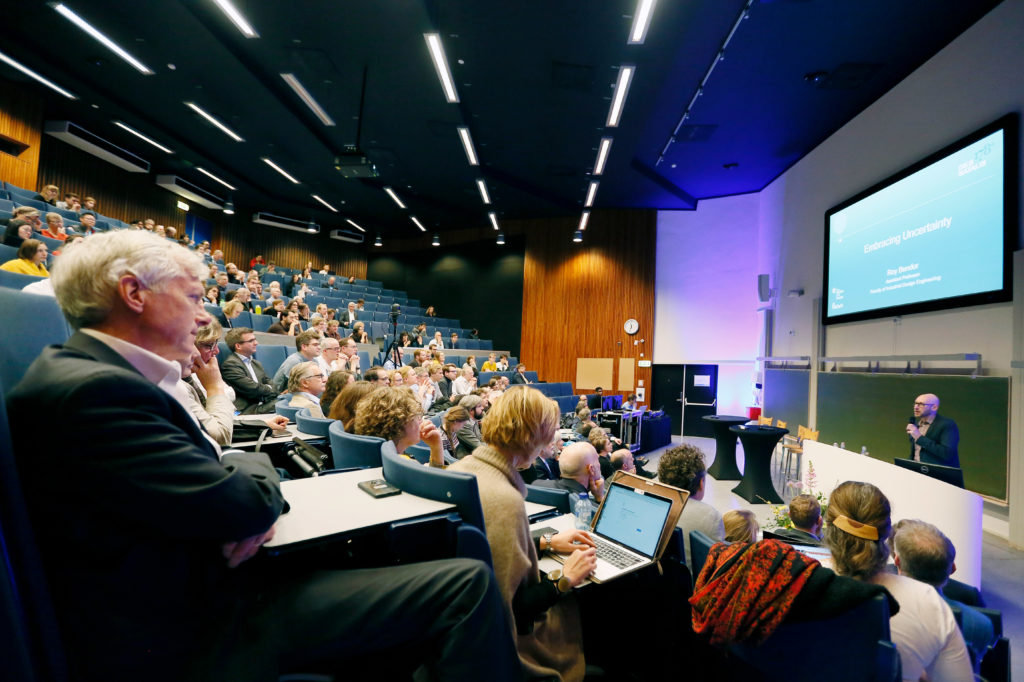
After more than a year of planning and delays due to the coronavirus epidemic, the project, a collaboration with Richard Vijgen and V2_Lab for the Unstable Media, and funded by the City of Rotterdam, is now live! The project builds on a previous project, How to Trip Over Data, and represents a continuation of my thinking about the smart city as a sociotechnical imaginary.
Short description: The rise of the smart city as a dominant urban development paradigm has raised concerns about the public’s capacity to make sense of the technologies and policies involved. Accordingly, most efforts to engage the public with the smart city tend to focus on “demystifying” urban technologies – opening up the technological “black box” for public scrutiny.
While raising the public’s awareness of the technical apparatus of the smart city is an important task, we believe that it leaves untouched the more fundamental ideas and contexts within which urban technology is designed to begin with. Such ideas, sometimes referred to as social or urban imaginaries, have so far relied on technology vendors’ view of the city as a complex machine: a set of interconnected systems that need to be controlled and made more efficient.
But what if instead of accepting the urban tech industry’s push for optimization at all costs we asked the public how they see, feel and imagine the city, and developed urban technologies from their viewpoint? Would the public’s lived experience and perception of the city lead to different understandings of what urban technologies should be doing instead of what they can do?

Fieldwork: Social designer Judith Lijdekkers spent several weeks speaking to residents in two Rotterdam neighbourhoods, Reyeoord and Bospolder en Tussendijken (BoTu). Her detailed field notes were used to generate 6 design briefs that respond to what we’ve identified as important themes – revealed by asking residents what is important in their neighbourhood but remains invisible.
Workshop: We used the design briefs as a starting point for a workshop hosted at V2_, to which we invited 15 technologists, artists, designers, and urban researchers to consider how urban sensing technologies may be designed from the ground-up, reflecting local, neighbourhood-specific characteristics.

Next steps: We’re planning to return to the neighbourhood to engage with residents on the ideas developed in the workshop. We also have plans for an interactive installation, and a series of speculative designs.








